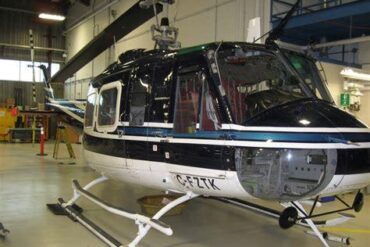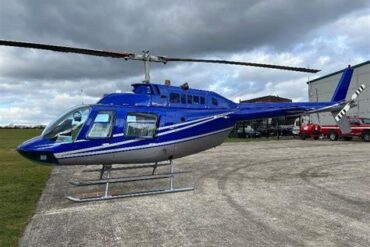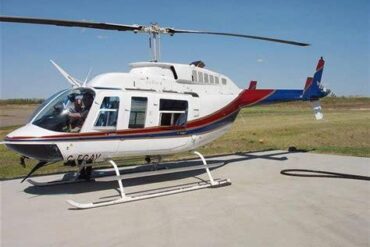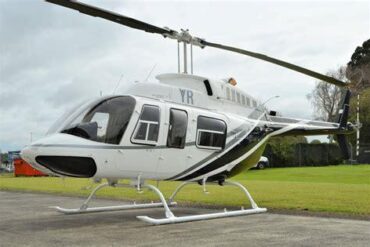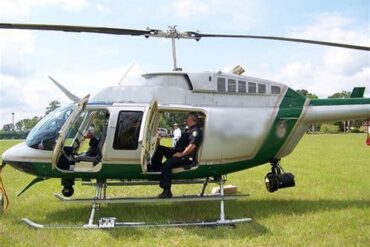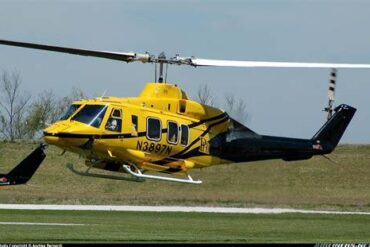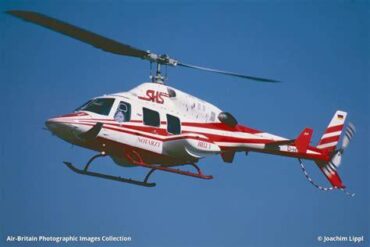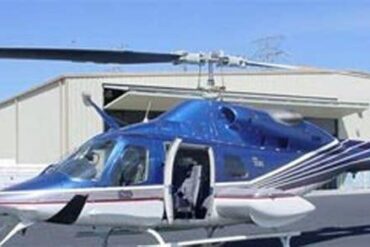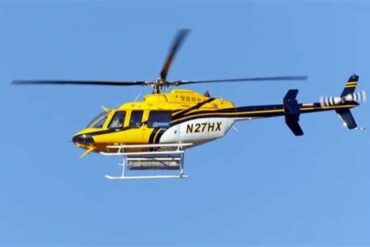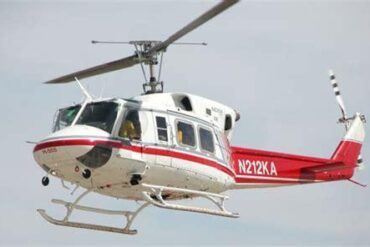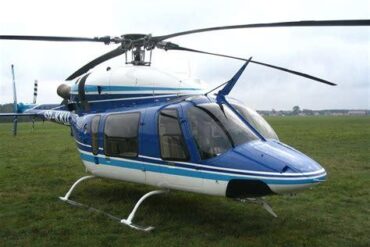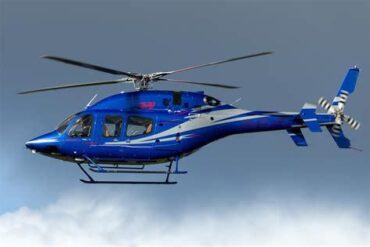The Bell 206 LR (Long Ranger) is a well-regarded light helicopter that has been a staple in both civil and military aviation for decades. Known for its versatility, reliability, and cost-efficiency, the Bell 206 LR continues to be a favored choice for operators around the world. In this article, we delve into the various aspects of the Bell 206 LR, including its price, operating costs, and factors that influence these expenses.
Introduction to the Bell 206 LR
The Bell 206 LR is a light utility helicopter developed by Bell Helicopter, a subsidiary of Textron. Originally introduced as an upgrade to the Bell 206 JetRanger, the Long Ranger variant boasts an extended fuselage and increased power capabilities, making it ideal for a wide range of missions. From corporate transport to emergency medical services (EMS), and from law enforcement to offshore operations, the Bell 206 LR offers unparalleled versatility.
Purchase Price of the Bell 206 LR
New Helicopter Price
As of the most recent data, the Bell 206 LR is priced around $1.5 million to $2 million for a brand-new model. The exact price can vary based on several factors including the configuration, optional equipment, avionics package, and interior customization. Operators who require specific modifications or enhancements, such as advanced avionics suites or specialized mission equipment, may see the purchase price increase accordingly.
Pre-Owned Market
For those considering the purchase of a pre-owned Bell 206 LR, the price range is typically between $500,000 and $1.2 million, depending on the helicopter’s age, total flight hours, maintenance history, and overall condition. The secondary market for Bell 206 LRs is robust, with many well-maintained units available for sale. However, prospective buyers should carefully evaluate the maintenance records and history of any used aircraft to ensure they are making a sound investment.
Factors Influencing Operating Costs
Operating costs for the Bell 206 LR are influenced by a variety of factors. Understanding these costs is crucial for operators who wish to optimize their budgets and ensure the longevity of their aircraft.
Fuel Costs
The Bell 206 LR is powered by a Rolls-Royce 250-C30P turboshaft engine, which is renowned for its efficiency. However, fuel consumption remains a significant cost factor. The helicopter typically burns 25 to 30 gallons of Jet-A fuel per hour, depending on operational conditions and mission profiles. Given the average cost of Jet-A fuel, operators can expect to spend $125 to $150 per flight hour on fuel alone.
Maintenance and Overhaul Costs
Regular maintenance is essential to keep the Bell 206 LR in peak operating condition. Scheduled maintenance costs can vary, but operators should budget approximately $200 to $300 per flight hour for routine inspections, parts replacement, and minor repairs. Major overhauls, which include engine and airframe overhauls, are more substantial expenses. The engine overhaul cost, for example, can range from $200,000 to $300,000, depending on the scope of work and whether new or overhauled parts are used.
Insurance Costs
Insurance is another key component of the operating cost equation. Premiums for helicopter insurance vary based on factors such as the operator’s experience, the helicopter’s usage, and its insured value. On average, operators can expect to pay between $15,000 and $25,000 annually for hull and liability coverage. Higher coverage limits or additional endorsements will naturally increase the premiums.
Crew and Training Expenses
Operating a Bell 206 LR requires a qualified pilot, and depending on the mission, additional crew members such as a co-pilot or flight nurse may be necessary. Pilot salaries can range from $60,000 to $100,000 per year depending on experience and location. Training costs, including initial type ratings and recurrent training, should also be considered. Recurrent training can cost around $10,000 annually per pilot, which includes simulator sessions, ground school, and proficiency checks.
Hangar and Storage Costs
Storing the helicopter in a hangar is important to protect it from environmental factors and to maintain its value. Hangar rental costs vary widely based on location, with prices ranging from $500 to $2,000 per month. In some high-demand areas, prices can be even higher. Operators should also factor in additional costs for hangar utilities and ground handling services.
Operational Considerations
The operating costs of the Bell 206 LR extend beyond just the financial aspects. Understanding the helicopter’s operational performance and limitations is critical for maximizing efficiency.
Range and Payload Capacity
The Bell 206 LR has a maximum range of approximately 370 nautical miles with standard fuel tanks, making it suitable for short to medium-range missions. Its useful payload capacity is around 1,200 to 1,300 pounds, depending on the specific configuration and fuel load. These capabilities allow the helicopter to perform a variety of roles, but operators must carefully manage weight and balance, especially when carrying passengers and additional equipment.
Mission Flexibility
One of the Bell 206 LR’s strengths is its ability to adapt to different mission profiles. It can be equipped with a variety of mission-specific equipment, such as searchlights, rescue hoists, and medical interiors. This flexibility allows operators to use the helicopter for diverse applications, from VIP transport to aerial surveillance. However, adding mission-specific equipment can increase both the initial purchase price and ongoing maintenance costs.
Depreciation and Resale Value
Helicopters, like all aircraft, experience depreciation over time. The Bell 206 LR generally holds its value well compared to other light helicopters, thanks to its reputation for reliability and the strong demand for pre-owned units. On average, operators can expect an annual depreciation rate of around 5% to 7%. However, the actual depreciation can vary based on market conditions, the helicopter’s condition, and any upgrades or modifications that have been made.
Resale Value
When it comes time to sell the Bell 206 LR, operators can expect a resale value that reflects the aircraft’s maintenance history, total hours flown, and overall condition. Well-maintained helicopters with complete maintenance logs and low hours typically command higher prices. It’s not uncommon for a well-kept Bell 206 LR to sell for close to its original purchase price, especially if the market demand is strong.
Conclusion
The Bell 206 LR offers a compelling combination of reliability, versatility, and cost-effectiveness, making it a popular choice for a wide range of operators. While the purchase price and operating costs are significant, they are balanced by the helicopter’s long service life, mission flexibility, and strong resale value. Operators who carefully manage their budgets and adhere to a rigorous maintenance schedule can expect the Bell 206 LR to provide many years of dependable service.
In summary, the Bell 206 LR is an excellent investment for those who need a versatile and reliable helicopter, whether for corporate use, EMS, or other specialized missions. By understanding the full scope of costs associated with this aircraft, operators can make informed decisions and optimize their operations.

